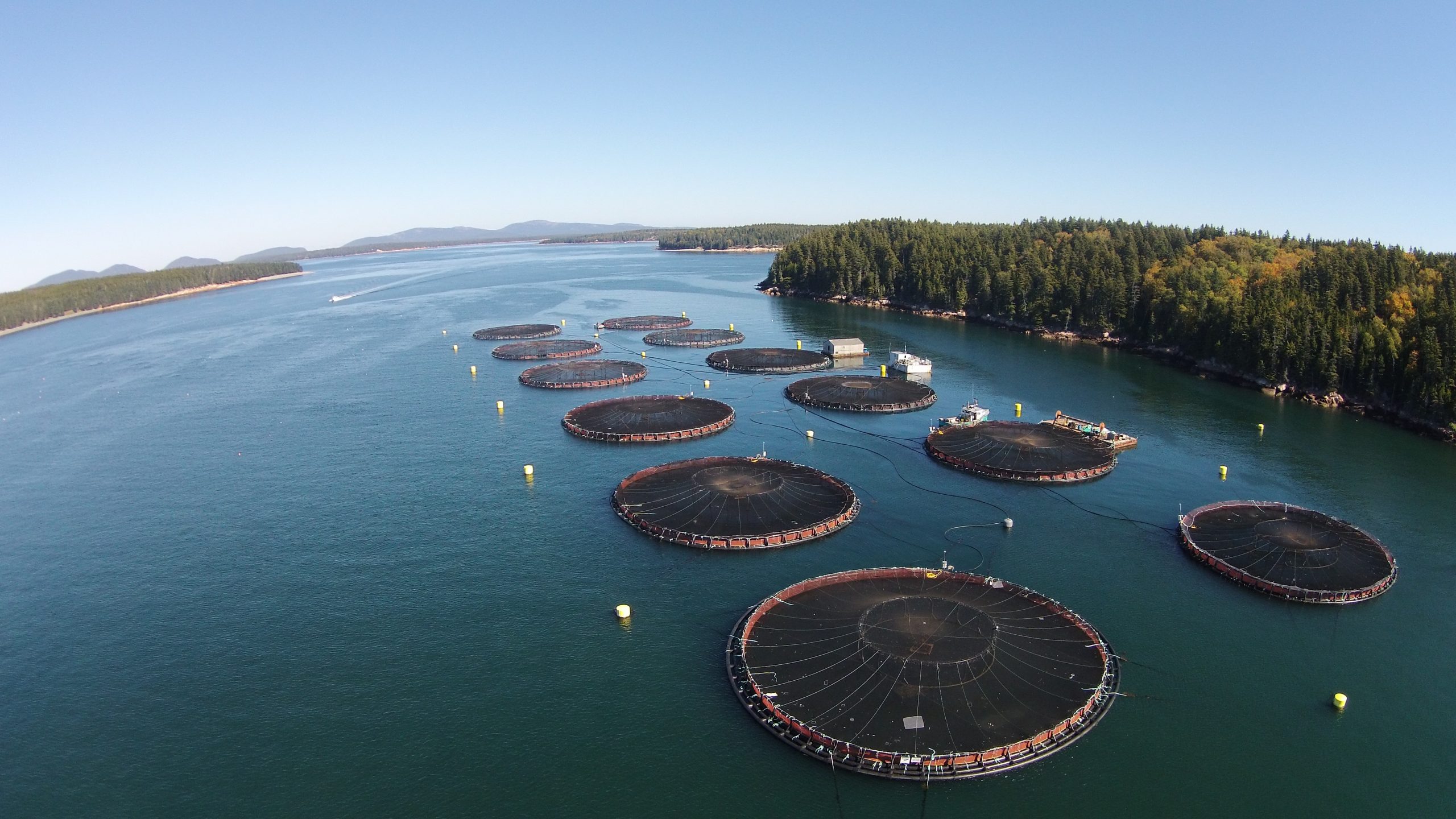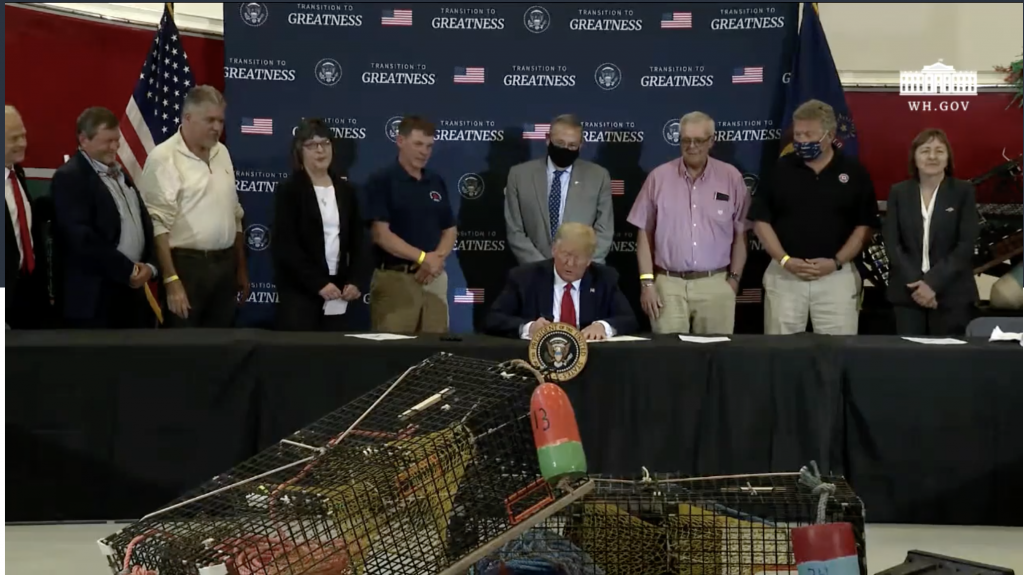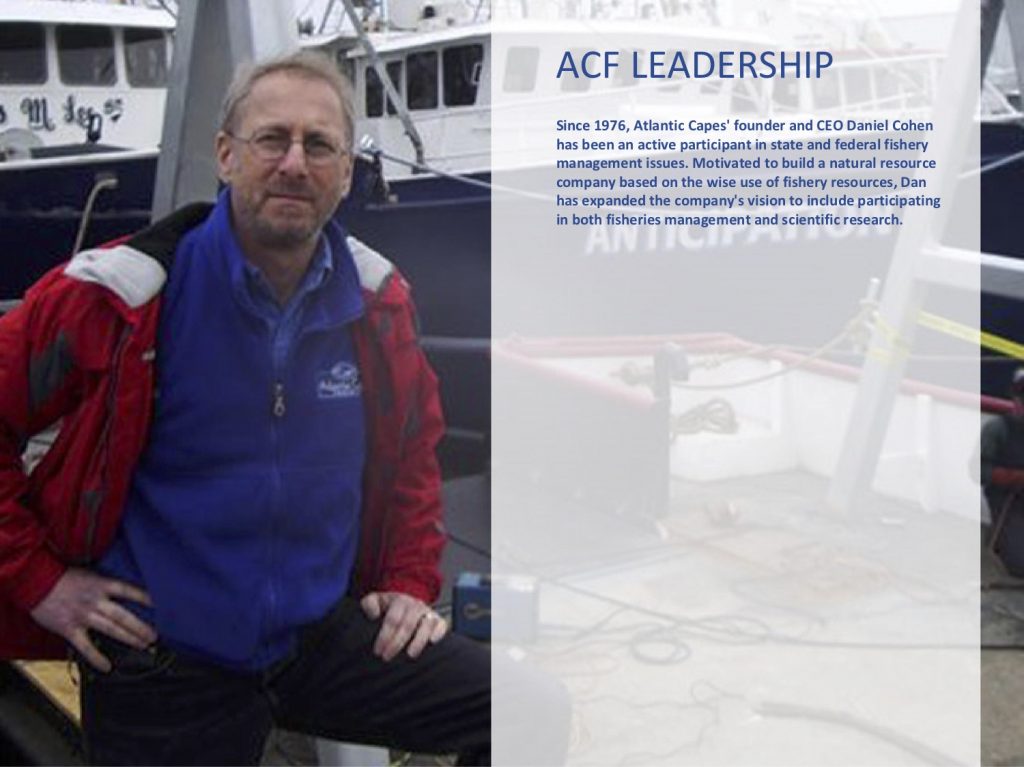July 28, 2022 — Earlier this month, Macmillan Publishers released Salmon Wars, by Douglas Frantz and Catherine Collins, which the publisher describes as a “deep dive” into the farm-raised salmon industry. After extensively reviewing the book, Saving Seafood has identified numerous falsehoods and misrepresentations.
Aquaculture farming of finfish, shellfish, and seaweed is a key industry in many U.S. states that operates within strict regulations to provide good jobs locally and healthy, sustainable protein for the world. Maine, for example, has active ocean salmon farming operations, with Atlantic salmon raised in coastal net pens since the 1970s. Maine farms comply with clean water and pollution discharge regulations, do not use antibiotics or hormones as growth promoters, conduct and report environmental effects, and have not experienced an escape of fish since 2003. All farms are monitored by multiple regulatory and management agencies and are certified by third-party environmental programs that establish standards above those required by law. The industry has been represented by the Maine Aquaculture Association since 1978.
Governor Janet Mills has expressed strong support for Maine’s growing aquaculture sector. “Aquaculture represents a promising opportunity to create new jobs, strengthen and diversify our economy, and expand Maine’s reputation as a premier destination for seafood,” Governor Mills said at a roundtable in May. “I have been proud to support Maine sea farmers as they overcome the pandemic, and my Administration will continue to support the responsible growth of this industry as it creates new jobs and builds on the strong foundation of our marine economy.”
Consumers have the right to choose what foods they eat. They also have the right to make informed decisions based on unbiased facts. Here are 10 fictions spread by Salmon Wars and the real facts behind them.
FICTION: Farmed salmon are crammed into cages.
FACT: Salmon occupy less than 4 percent of a typical marine cage. Farmers intentionally keep stocking densities low so fish have room to swim, grow, and mimic natural schooling patterns.
Farmers take great care to ensure the well-being of their salmon. Fish are vaccinated against several diseases, and pristine marine cage conditions are ensured with proper siting, regular fallowing (leaving sites unused), underwater cameras, and diver inspections.
FICTION: Farmed salmon are doused with pesticides and antibiotics.
FACT: Antibiotic use on salmon farms is far lower than that of any other agricultural animal producing industry in the world. In the rare instances when treatment is necessary, it is prescribed and overseen by licensed veterinarians under the oversight of government regulators.
FICTION: Farmed salmon contain dangerous levels of polychlorinated biphenyls (PCBs) and other contaminants.
FACT: Farm-raised salmon contain lower PCB levels than other common foods like beef, chicken, eggs, and butter, as well as most species of wild salmon. The trace amounts of PCBs in farm-raised salmon do not pose a threat to human health, and meet or exceed standards set by the U.S. Food and Drug Administration, Canadian Food Inspection Agency, and the World Health Organization. A 2007 study concluded that “regular consumption of these fish would not cause tolerable [PCB] daily intakes to be exceeded.”
The 2004 study cited repeatedly in the book has been heavily criticized for errors including flawed sampling, improper application of EPA guidelines, and failing to compare contaminant levels in salmon of the same species. But even that flawed study showed PCB levels well-below regulated levels. Citing that study also ignores nearly 20 years of progress as PCB levels — already low — have only continued to decline with the introduction of new feed ingredients.
Because farm-raised salmon is a fast-growing fish, there is little accumulation of other contaminants like mercury that can affect some types of seafood.
FICTION: Farms create toxic stews underneath them that drive away marine life.
FACT: Farmers know that pristine marine conditions are essential for high-quality salmon. When salmon farms are properly sited in deep, fast-moving waters, the massive ocean space quickly assimilates organic fish waste. Natural assimilation of organic waste is known to be a best solution from an environmental perspective. Lobsters thrive around salmon farms and catch landings remain strong in Canada and the U.S.
Farmers also use underwater cameras to properly disperse feed, carefully monitor the ocean bottom, and fallow sites (leave them unused) — all best practices that help ensure pristine marine conditions. Regulations do not allow salmon farms to continue operating if the space beneath them has been significantly impacted.
FICTION: Farmers pillage wild fisheries to create marine ingredients used in salmon feeds. For example, “overfishing” from the Gulf of Mexico to the Chesapeake Bay endangers a forage fish called menhaden.
FACT: Wild marine ingredients in salmon feed are critical to delivering high quality protein and indispensable nutrients like omega-3 fatty acids. However, marine ingredients comprise as low as 20 percent of salmon feed, and that number continues to drop. Today, a pound of wild marine ingredients produces more than a pound of farm-raised salmon, ensuring the sector is a net producer of fish.
The wild marine ingredients that are used are sourced from reputable fisheries certified by third-party organizations and/or actively participating in Fishery Improvement Projects. For example, contrary to the book’s claims, U.S. menhaden is “not overfished or experiencing overfishing,” according to fishery managers, and is certified sustainable by the Marine Stewardship Council.
FICTION: Between 15 and 20 percent of all farmed salmon die each year before being harvested, while the average mortality rate of chickens is 5 percent.
FACT: This data ignores the return rate of Atlantic salmon in the wild, which is as low as 5 percent. That means farm-raised salmon have a survival rate 17 times higher than wild salmon over the two-year period in which they are raised. Broiler chickens typically live for less than 2 months, making this an apples to oranges comparison at best.
FICTION: Farmed salmon spread sea lice to wild salmon, killing young wild salmon in large numbers.
FACT: Salmon farms were not found to influence levels of sea lice on wild fish, according to a 2021 report. Farmers are required, under regulation, to manage sea lice to low levels. They employ a strategic approach to combatting sea lice, combining preventative farming practices like fallowing and low stocking densities with approved treatments when necessary. They are also investing millions into research and development of “green” sea lice treatment technologies, including freshwater well boats, warm water and water pressure systems, broodstock development, and “cleaner” fish.
FICTION: Farmed salmon introduced Infectious Salmon Anemia (ISA) and Piscine Orthoreovirus (PRV) to wild sockeye salmon in the Pacific Northwest.
FACT: Neither ISA nor PRV were introduced to the Pacific Northwest by farm-raised salmon. In 2011, tests conducted by government researchers concluded there were no cases of ISA in Pacific Northwest salmon. Cases of PRV in wild salmon predate the arrival of farm-raised salmon, with a 2015 study finding PRV in Pacific Northwest salmon as far back as the 1970s. PRV and ISA do not affect human health in any way.
FICTION: Farmed salmon and wild salmon frequently interbreed, producing hybrids that weaken wild salmon populations.
FACT: Farmers are highly motivated to prevent their stock from escaping, and today escape events are rare. There are many reasons that farm-raised salmon are unlikely to interbreed with wild salmon, or generally compete with them for resources should they escape their enclosures. Farm-raised salmon, being domestic animals, are poorly suited to a wild environment and generally do not survive long enough in the wild to breed or learn to seek prey. On the west coast of the U.S. and Canada, farm-raised Atlantic salmon are genetically distinct from wild Pacific salmon, making them extremely unlikely to interbreed.
For context, over 5 billion salmon are purposely released from aquaculture facilities around the world — a practice known as “enhancement” or “ocean ranching” — and do share ocean space with wild salmon.
FICTION: Like “Big Tobacco” and “Big Agribusiness,” “Big Fish” employs counter-science and public relations campaigns to undermine challenges.
FACT: Farmers participate in studies because it is their salmon and nutritional data that help power them, and because they are committed to adhering to best science in their practices. Cherry picking science to support a narrative is not a best practice. Farmers consider all reputable scientific findings to guide their operations.



